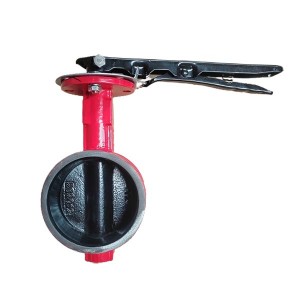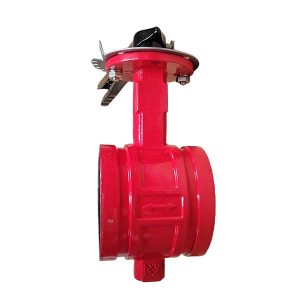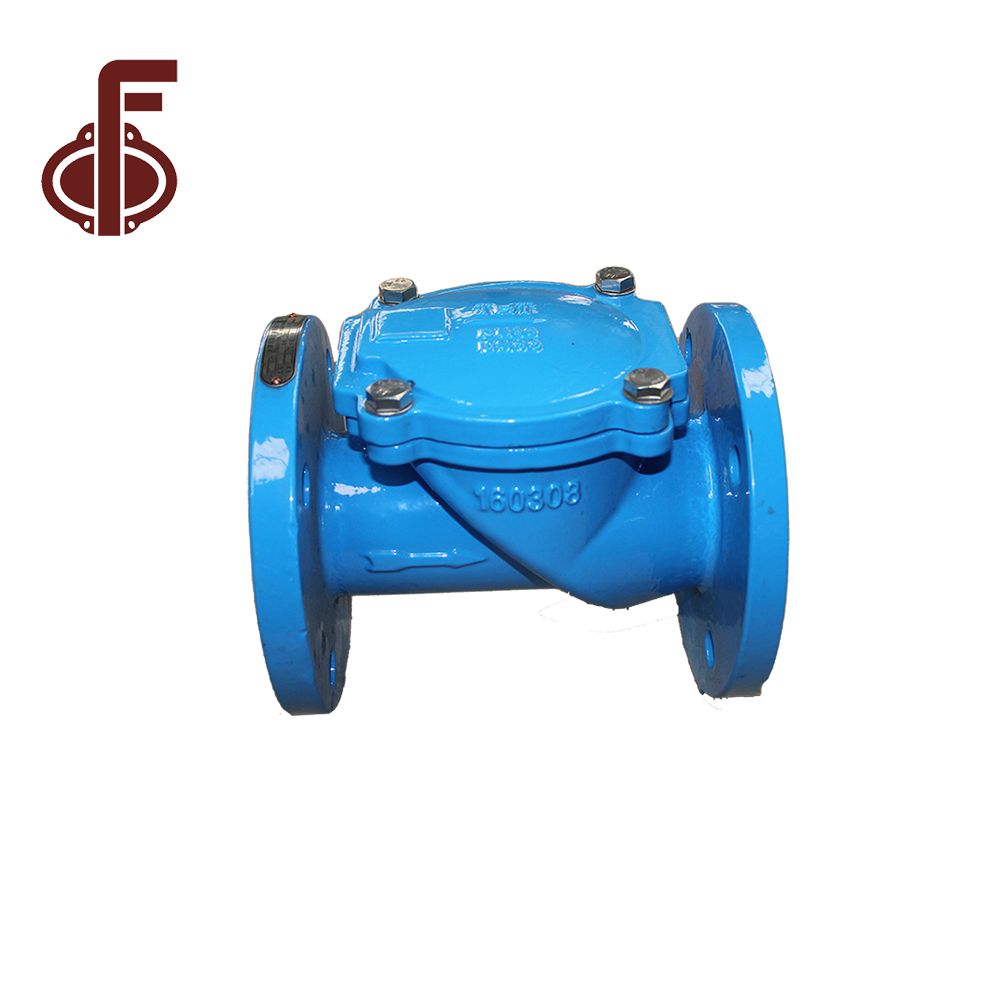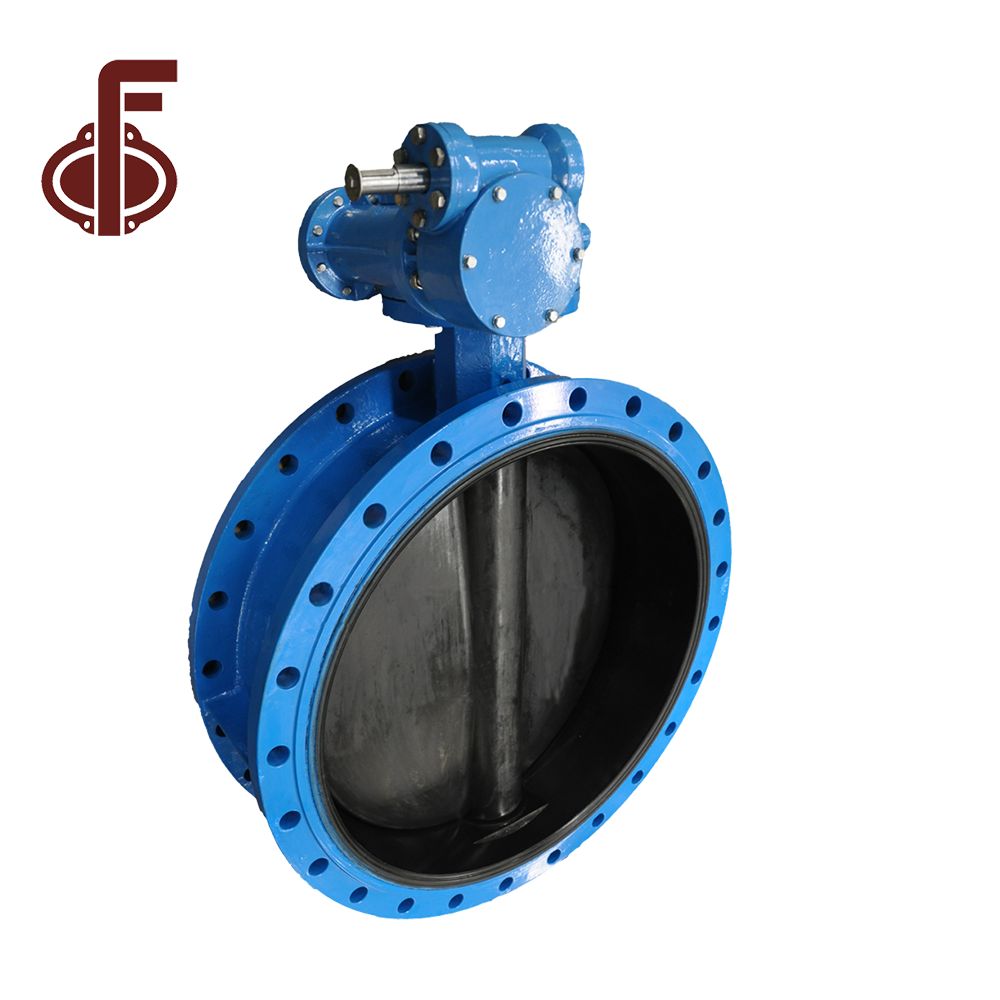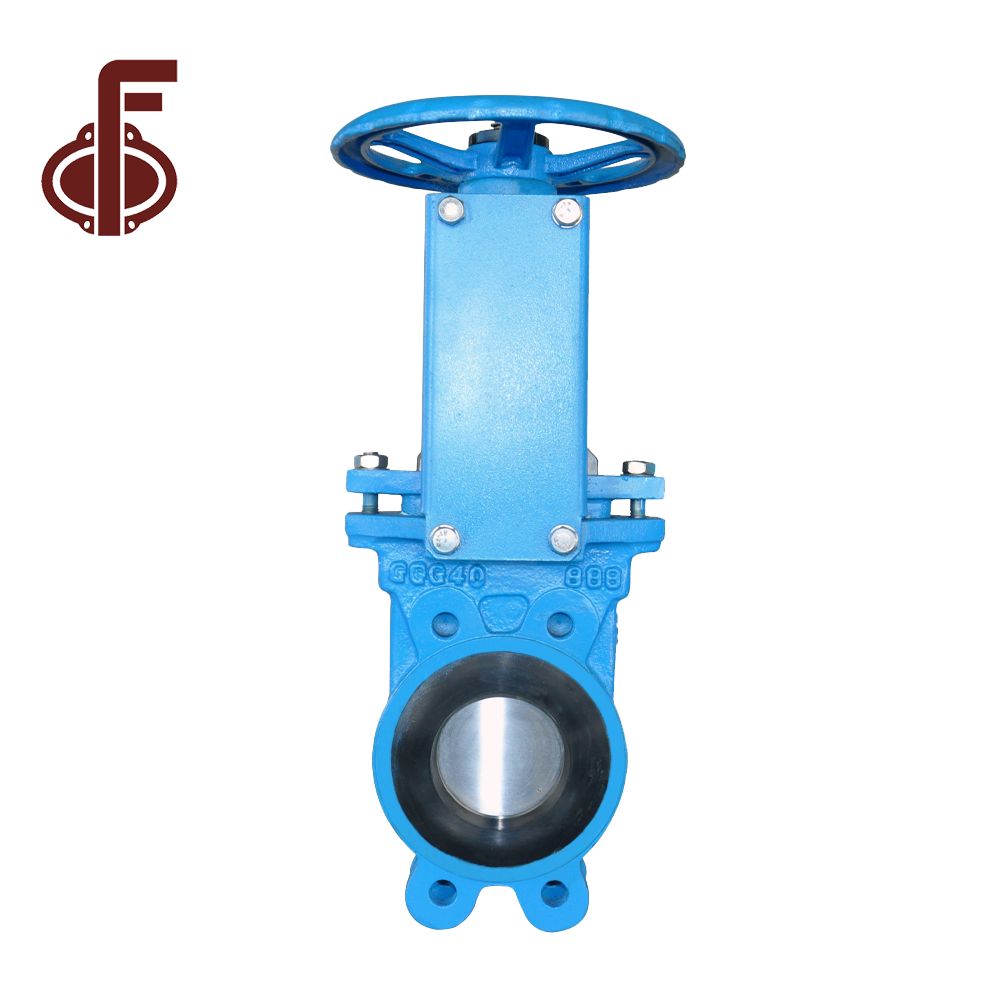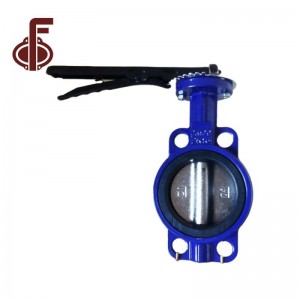Grooved Type Butterfly Valve for Fire Fighting
Product Detail
| Size & Pressure Rating & Standard | |
| Size | DN40-DN300 |
| Pressure Rating | PN10, PN16, CL150, JIS 5K, JIS 10K |
| Face to Face STD | API609, BS5155, DIN3202, ISO5752 |
| Connection STD | PN6, PN10, PN16, PN25, 150LB, JIS5K, 10K, 16K, GOST33259 |
| Upper Flange STD | ISO 5211 |
| Material | |
| Body | Cast Iron(GG25), Ductile Iron(GGG40/50), Carbon Steel(WCB A216), Stainless Steel(SS304/SS316/SS304L/SS316L) , Duplex Stainless Steel(2507/1.4529), Bronze, Aluminium Alloy. |
| Disc | DI+Ni, Carbon Steel(WCB A216), Stainless Steel(SS304/SS316/SS304L/SS316L) , Duplex Stainless Steel(2507/1.4529), Bronze, DI/WCB/SS coated with Epoxy Painting/Nylon/EPDM/NBR/PTFE/PFA |
| Stem/Shaft | SS416, SS431, SS304, SS316, Duplex Stainless Steel, Monel |
| Seat | NBR, EPDM/REPDM, PTFE/RPTFE, Viton, Neoprene, Hypalon, Silicon, PFA |
| Bushing | PTFE, Bronze |
| O Ring | NBR, EPDM, FKM |
| Actuator | Hand Lever, Gear Box, Electric Actuator, Pneumatic Actuator |
Product Advantage



Grooved butterfly valves are beneficial in situations that require frequent maintenance or modifications, including HVAC (heating, ventilation, and air conditioning), fire protection systems, water treatment, and industrial processes.
The grooved butterfly valve has a simple structure and is easy to install. It is suitable for some occasions that require frequent operations.
The grooved butterfly valve is flexible in operation and can be opened or closed quickly. It is suitable for some occasions that require quick response.
A butterfly valve is a valve that can be used to isolate or regulate flow. The closing mechanism takes the form of a disc. The operation is similar to a ball valve, allowing for quick closure. Butterfly valves are often favored because they are lower cost and lighter than other valve designs, meaning less support is required. The valve disc is located in the center of the pipe, and through the valve disc is a stem that connects to the valve's external actuator. The rotary actuator rotates the valve disc either parallel or perpendicular to the fluid. Unlike ball valves, the disc is always present in the fluid, so there is always a pressure drop in the fluid regardless of valve position.


